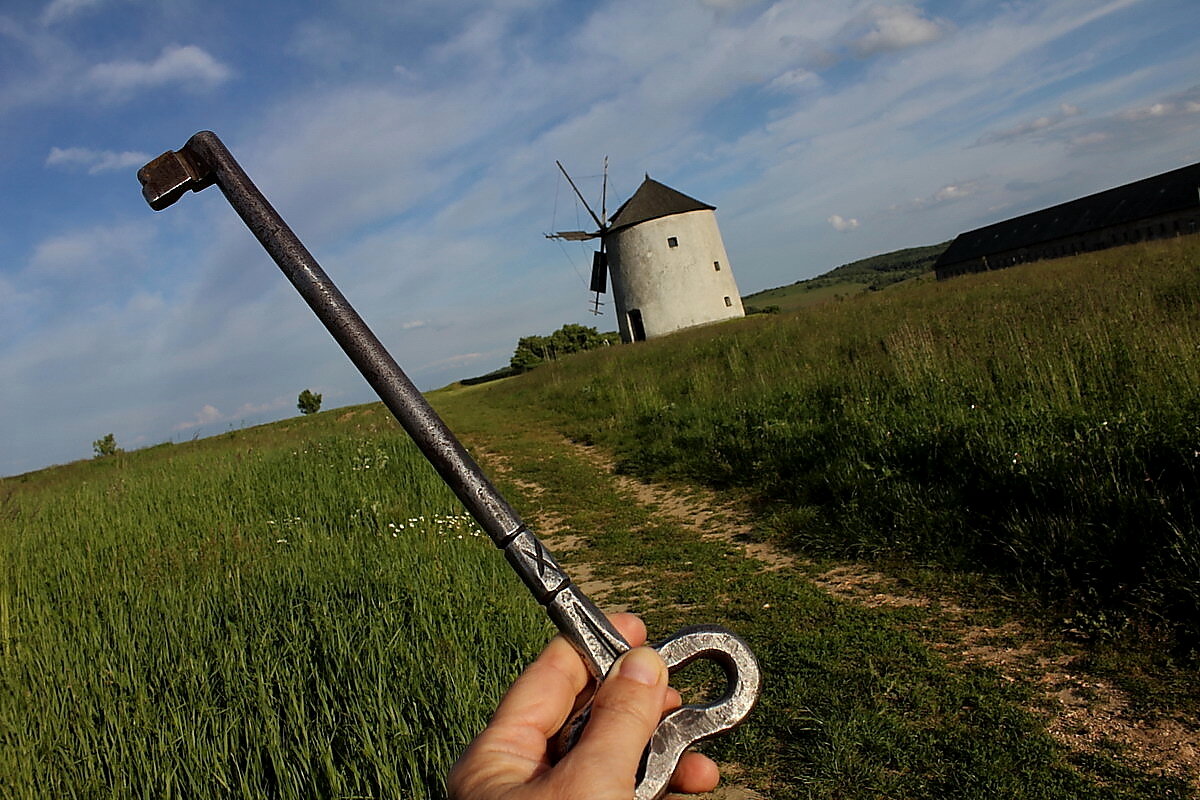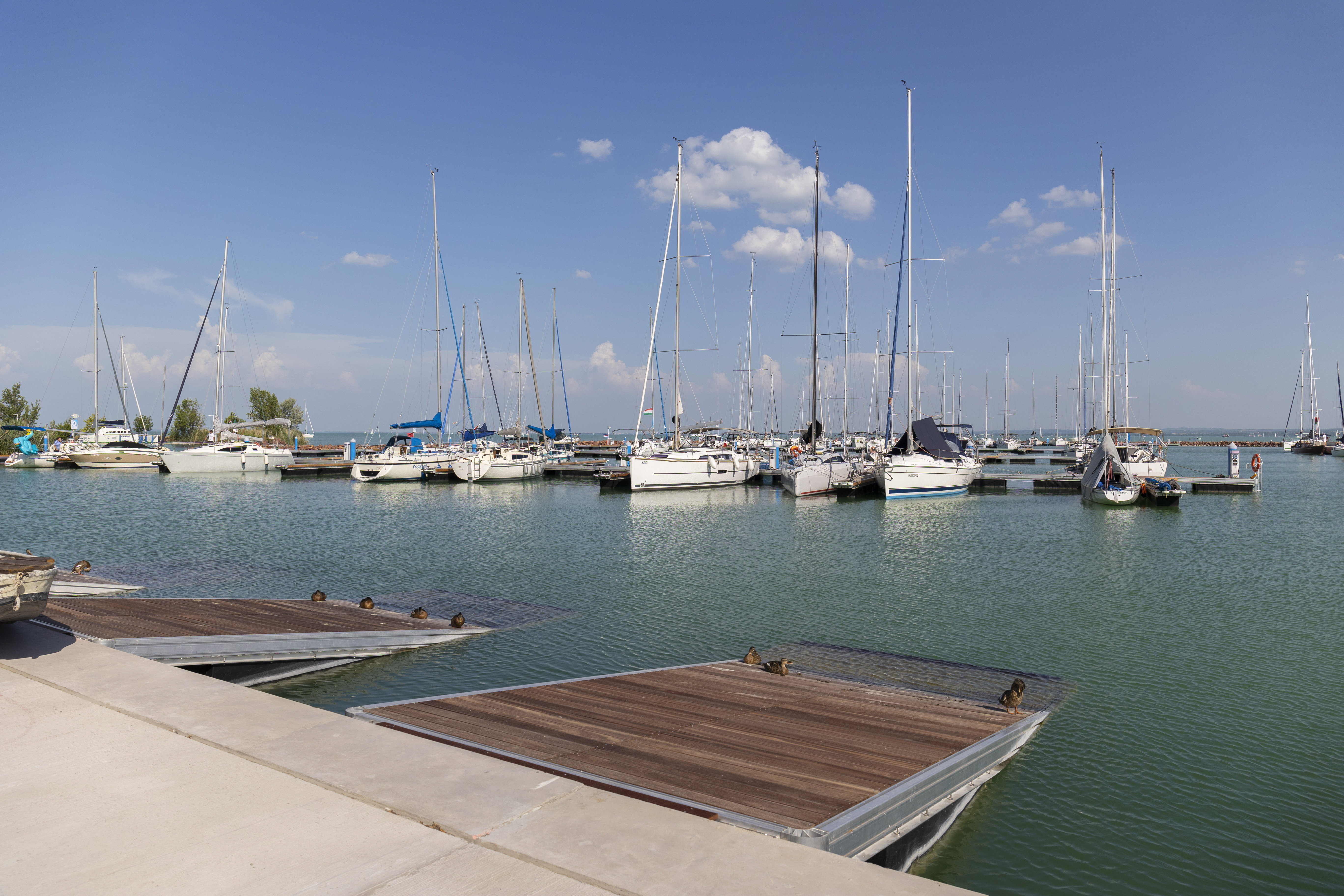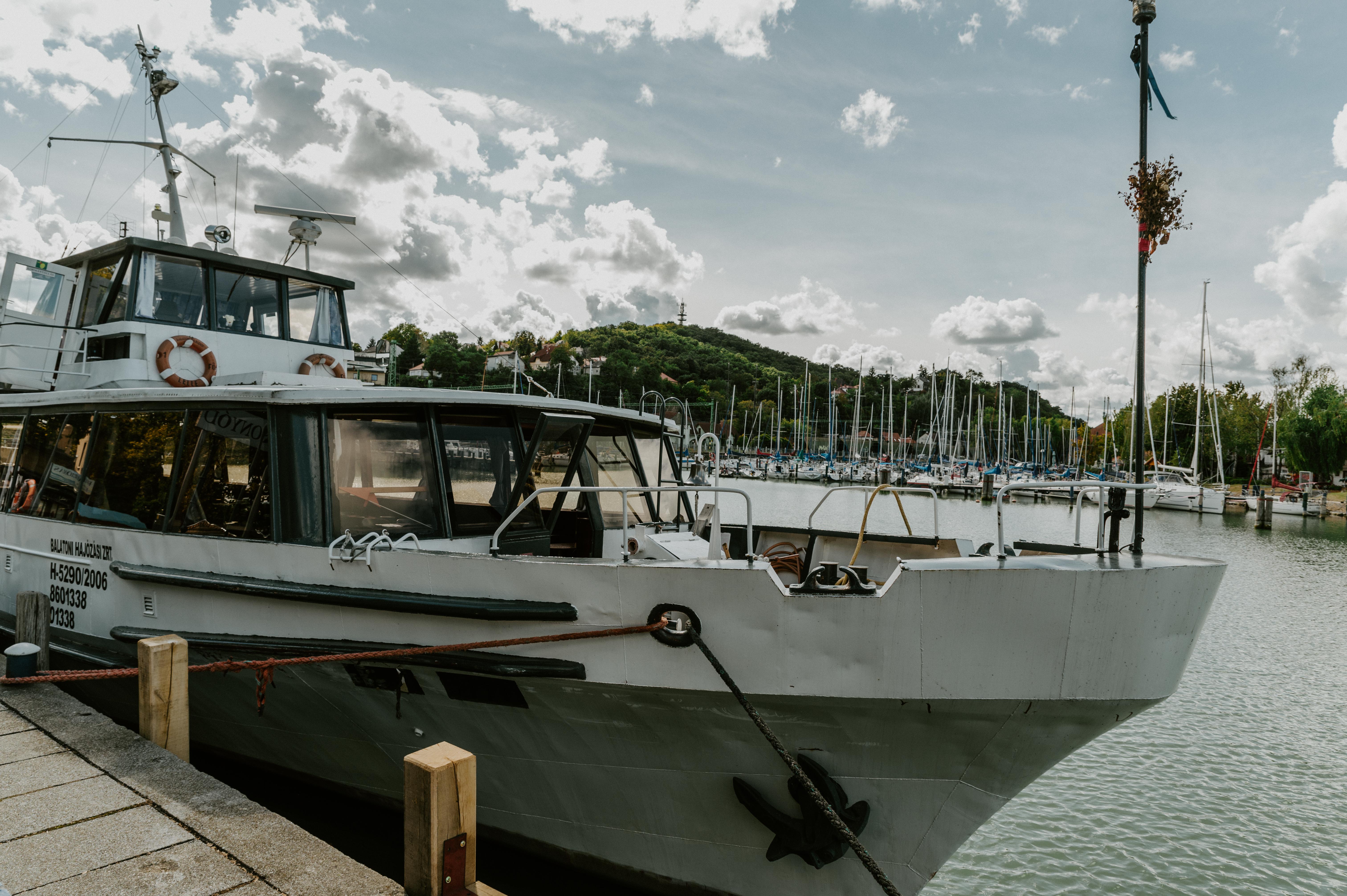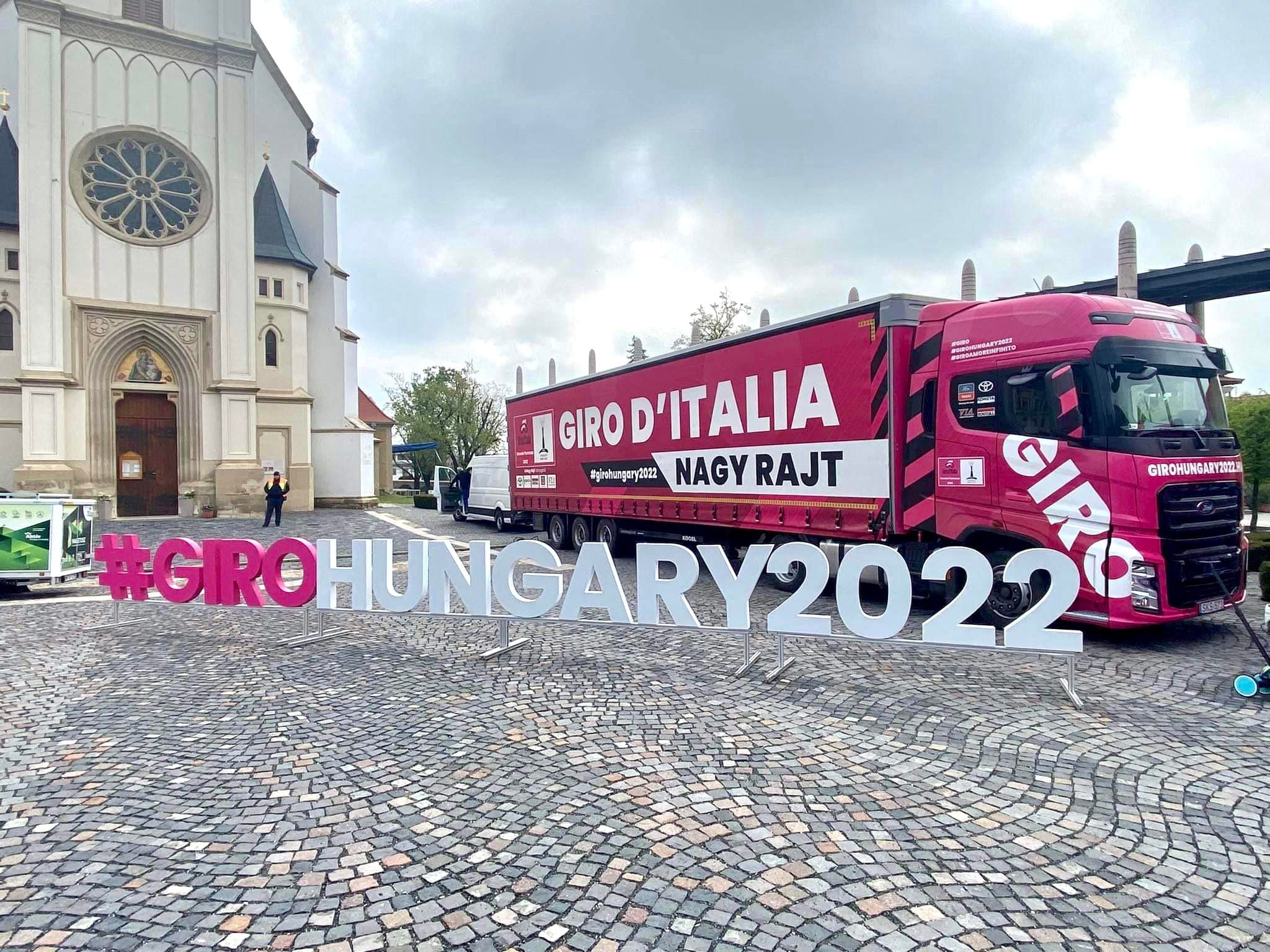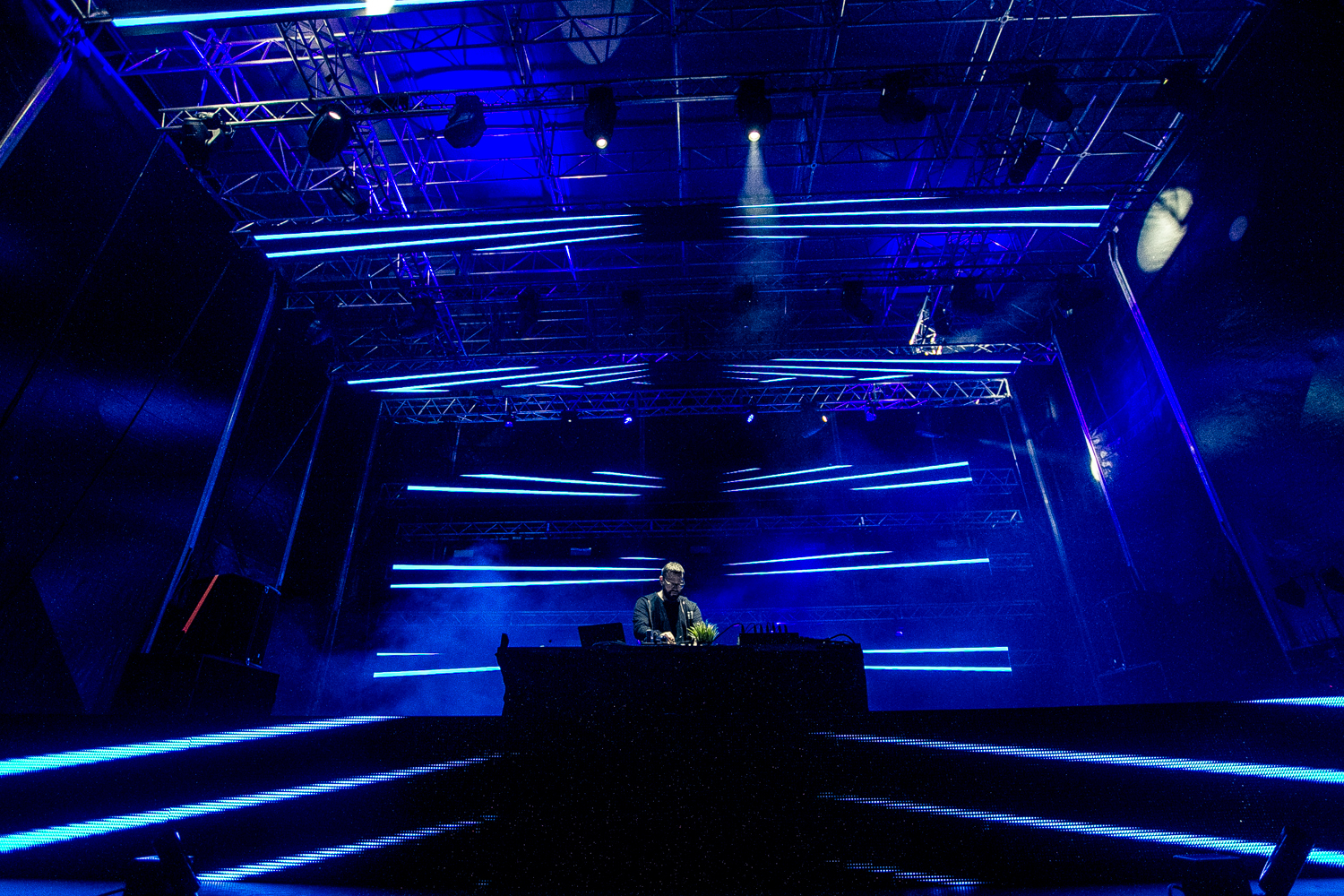Seven settlements stand as a unit where the Mezőföld meets the Bakony: Várpalota, Berhida, Pétfürdő, Ősi, Öskü, Tés and Jásd—one day is enough to see them all. Várpalota, the city that functions as the centre of the subregion, has two major points of interest. The Thury Castle today houses a museum, while the Zichy Palace is home to a memorial exhibition about the Treaty of Trianon and its consequences.
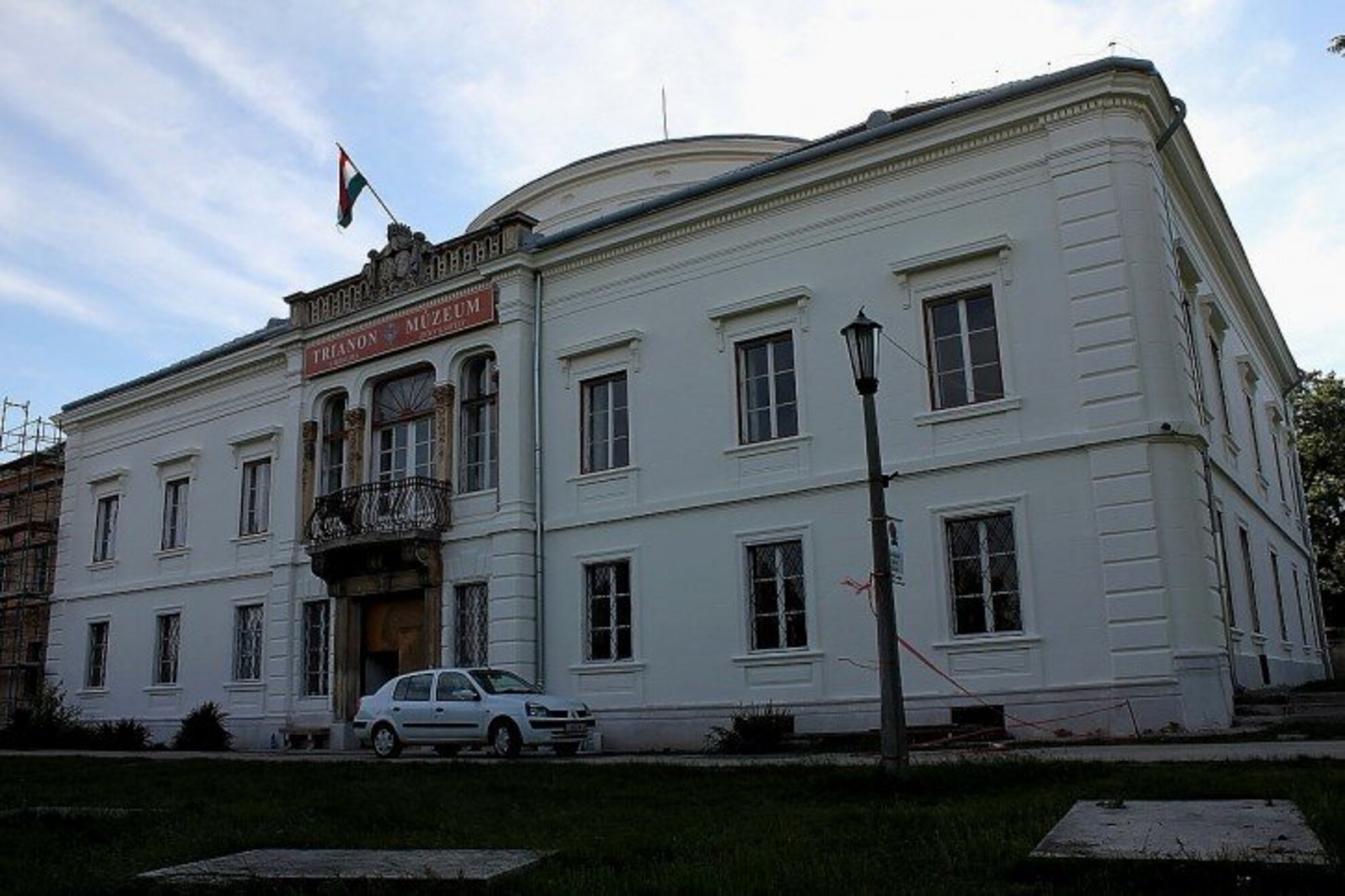
The 14th century, protected building of the village church in Berhida is noted for its extraordinary vaults and roof: these were constructed of stone. The architects of old appear to have done an excellent job, as the building survived the earthquake of 1985 without major damage—a feat that made the village known to everyone in the country at once.
The proud of Öskü is the shingle-roofed round church. Its age and origins are unclear: according to certain sources, a bastion of a 12th-15th century castle was transformed into this unique structure; other theories suggest that it dates from the 11th century; while some say that it was built under the Turkish Occupation of Hungary.
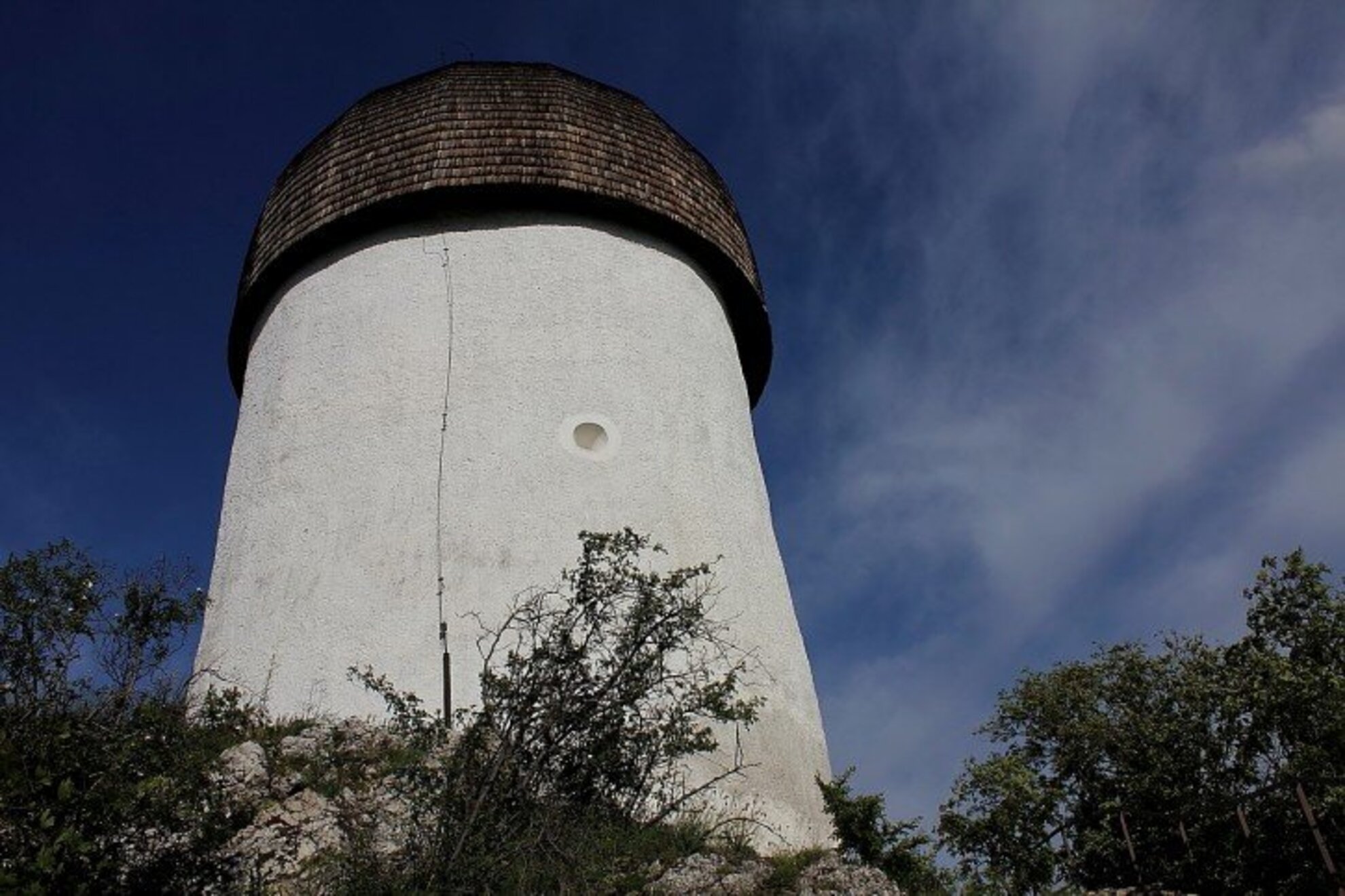
You can approach the windmills, the greatest attractions of Tés, through the garden of a family home. We passed their sign several times, looking for a street that leads to the mills, but as it turned out, all we had to do was to ring the bell of the house where the sign was, because the windmill are standing right in its backyard. By the way, there is also a blacksmith museum in the house. The owner gave us a gigantic key—so big it is impossible to lose—and we walked over to one of the mills behind his home. In their heyday, these structures ground grain, 400 kilograms per day if the wind was good. One of them is still operable, and you are allowed to climb up under the shingled, cone-shaped roof.
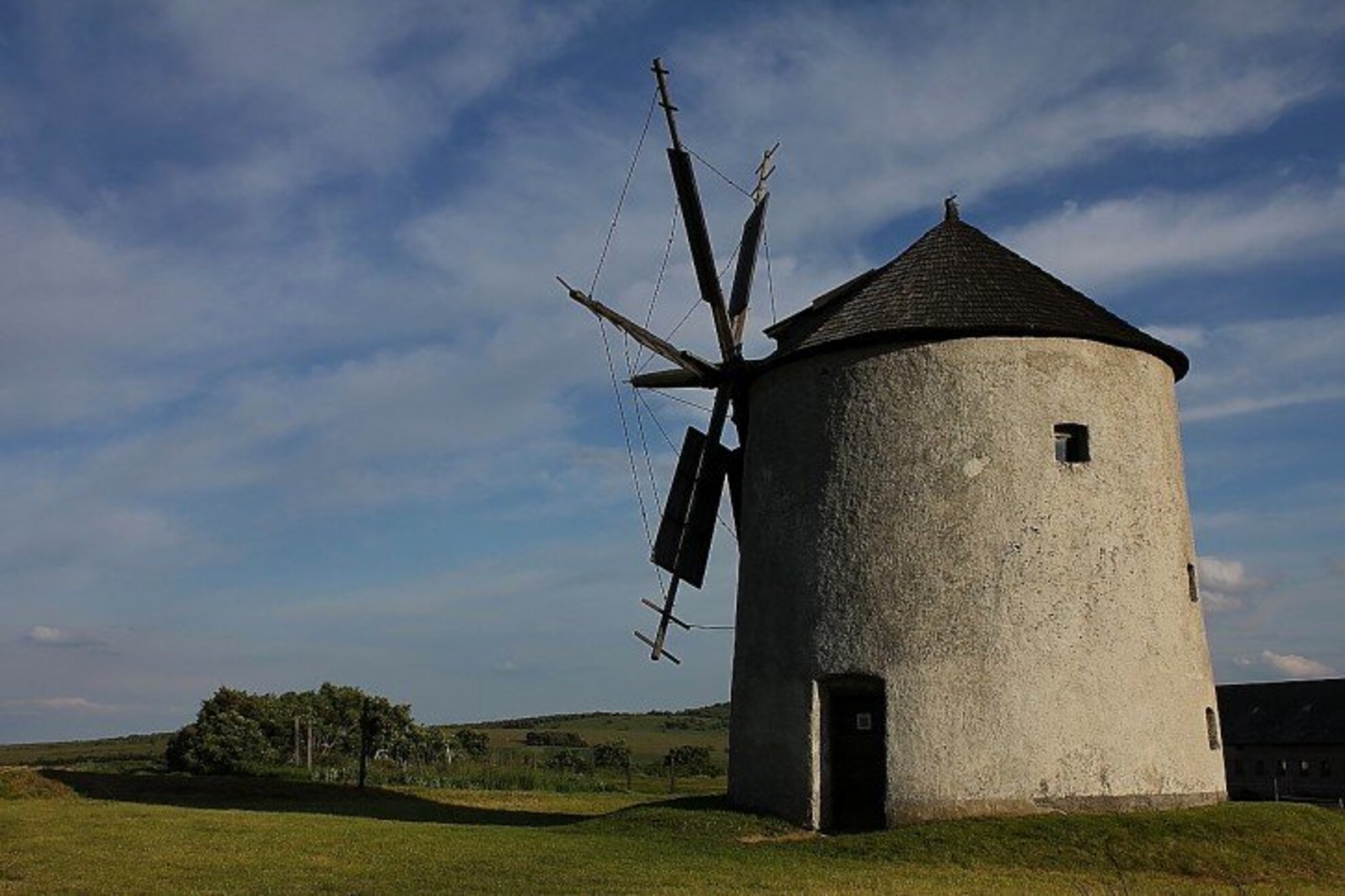
Ruin hunt and field trip revisited
The village of Sóly is home to one of the eldest village churches of the country, the chapel of which was already standing in the time of Stephen I, who ruled at the beginning of the 11th century. You can also find—with some difficulty— the remnants oF the Sóly paper mill here. We would still be hunting for it among the bushes, if it wasn’t for a helpful local who happened to pass by. You have to cross two stone bridges on Vasút utca and turn left into a field immediately after the second on. Depending on the date of the last mowing, you can keep driving, but walking is a safer bet. Just keep going until you see the remains o the walls in between the trees. The view does not compensate for the difficulties of getting there, so we only recommend the trip for fanatic ruin hunters.
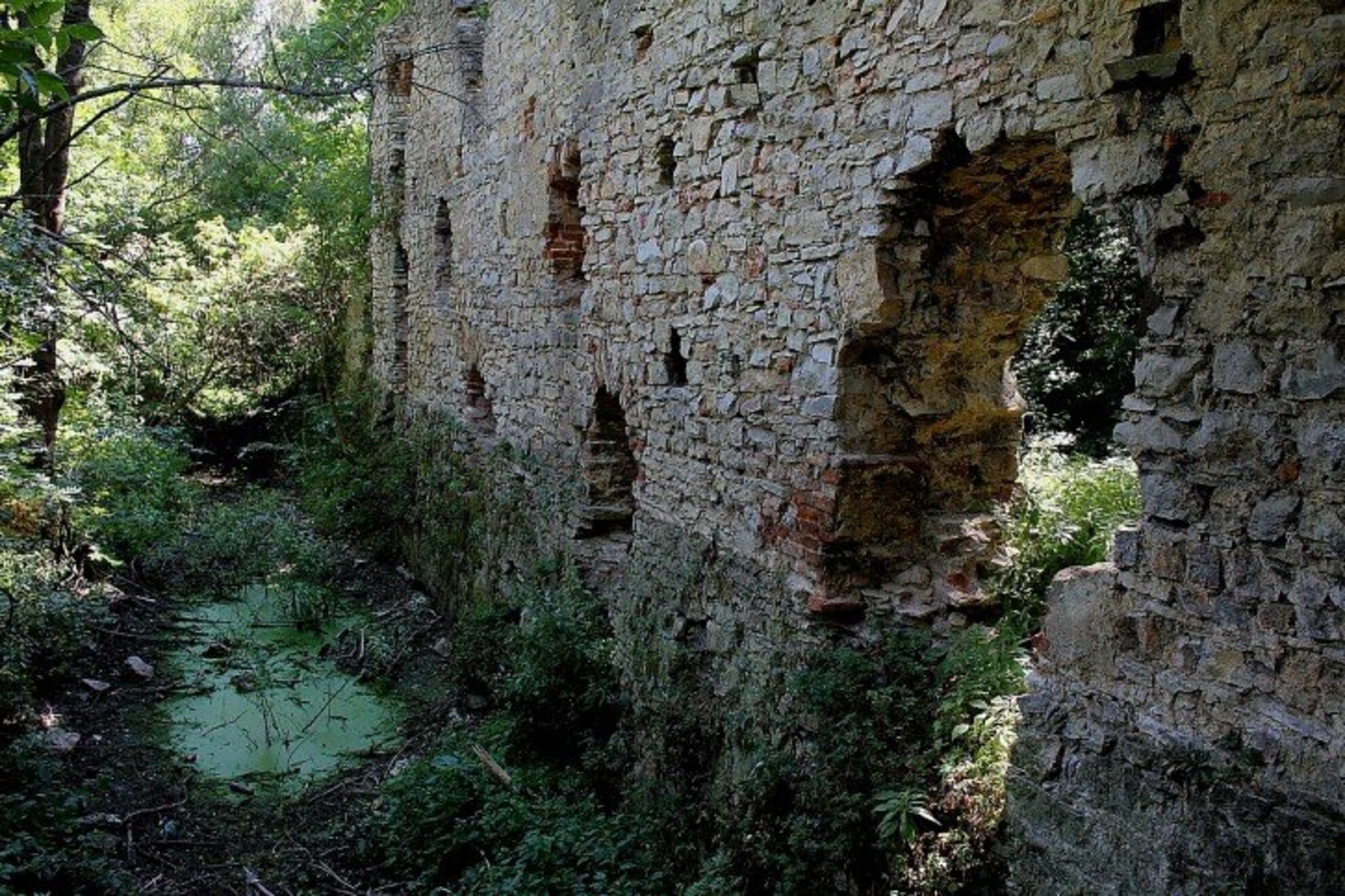
Nagyvázsony has long been a popular goal of excursions for people spending their holiday around Lake Balaton, in search for a change between two swims. King Mathias gave the 15th century castle to Pál Kinizsi, one of his commanders who distinguished himself by hardly losing a battle against the Turks--that's where the castle's name comes from. A museum has been set up in the multi-storey tower, which is the best preserved part of the castle; but wandering around the walls and enjoying the view from its highest point is just as enjoyable. Upon our visit, a father was telling the tale of the Battle of Kenyérmező beside its scale-model to his son—who seemed a bit bored as opposed to his highly animated dad.
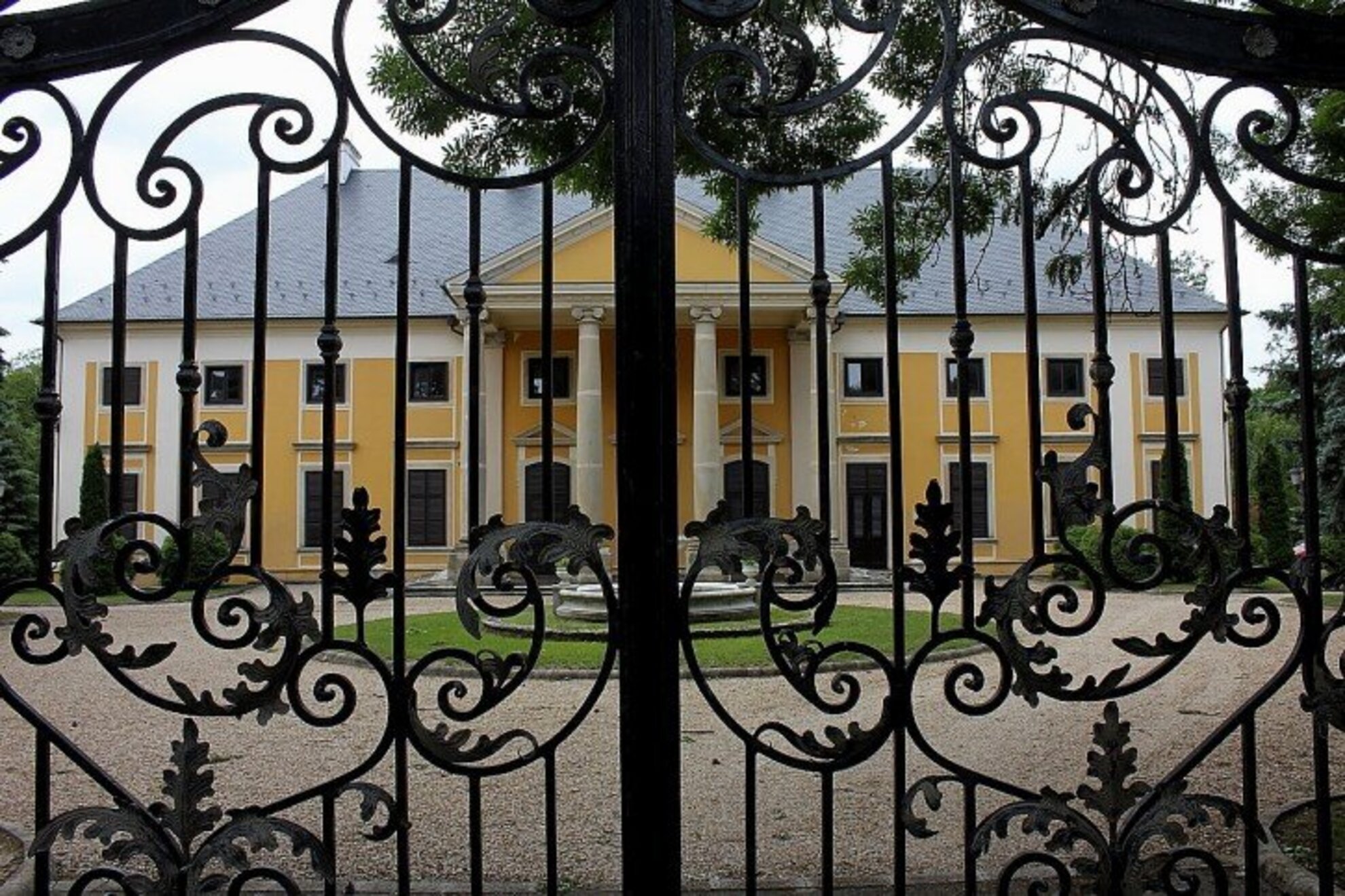
The Post Museum is found in a protected building right across the street from the Kinizsi Castle. We entered without great expectations, but to our pleasant surprise we had an enjoyable visit thanks to the kindest ticket clerk, who showed us how the old telephone switchboard worked and sounded a few of the “ancient” phones, putting us in nostalgic mood. We recommend the visit to families, as kids can marvel at the outdated phones and send a message from an old telex machine as huge as a separate piece of furniture. You can find a small panoptic exhibition and a comparatively cheap tourist hotel in the same building.
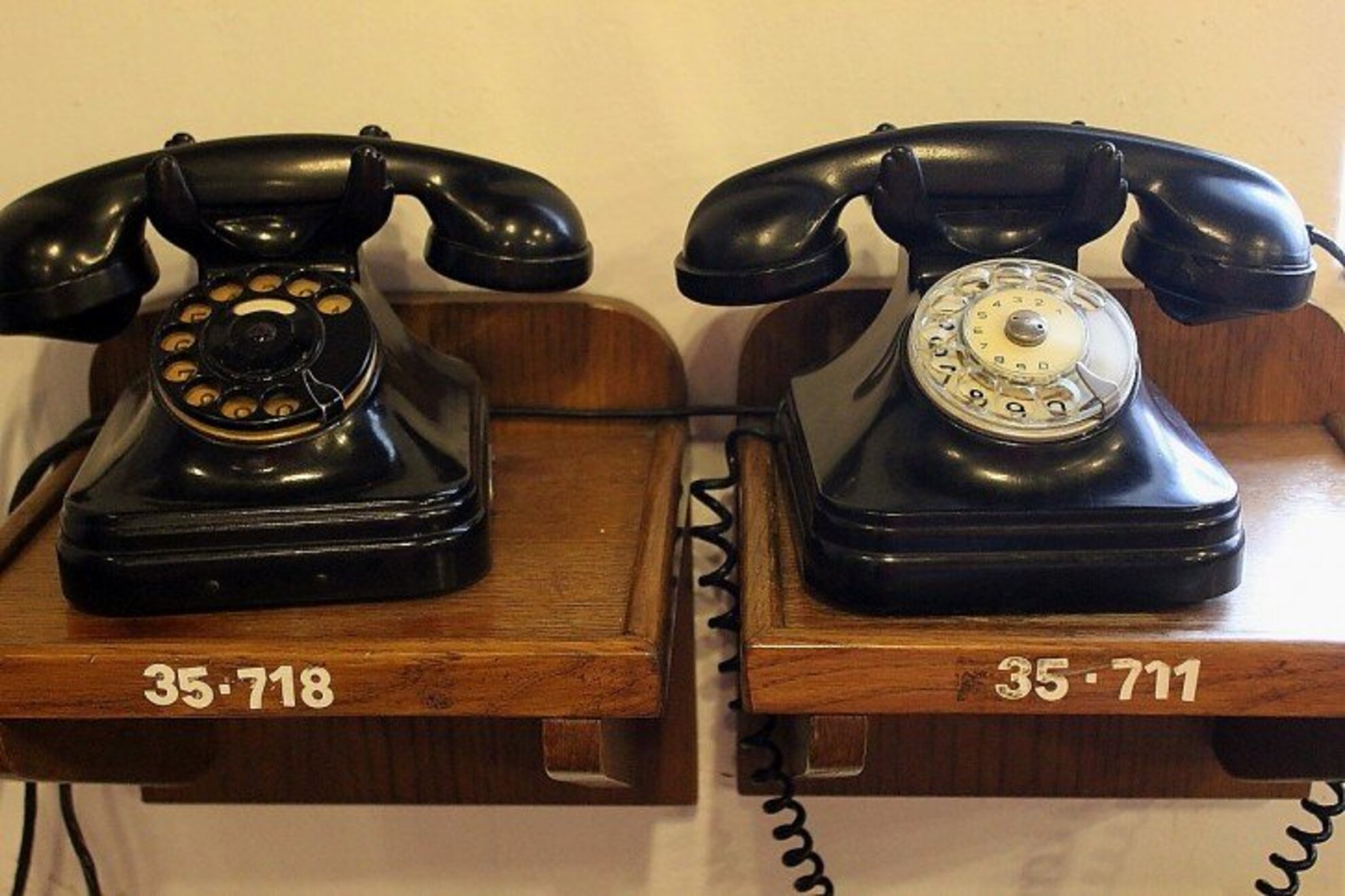
Although some guidebooks claim that the Zichy Palace (also in Nagyvázsony) operates as a hotel, we saw no sign of life there. There is perfectly tended garden and a beautifully renovated building inside of the gorgeous wrought-iron gates, but no sign or bell outside.
You can find Balácapuszta between Nemesvámos and Veszprémfajsz; the strange place name hides the ruins of Roman manor, unparalleled in Central Europe. We arrived as one of the earliest guests of the season, a few days after the opening, so the gardener-guide-janitor was eager to show us around. The most spectacular remains were the mosaics—part original, part copies, all of them worth to see. According to our guide, kids also enjoy the visits to the site: although the two-thousand-year-old ruins are not their cup of tea, they are happy to play with the interactive multimedia displays, so this also qualifies as a family programme.
